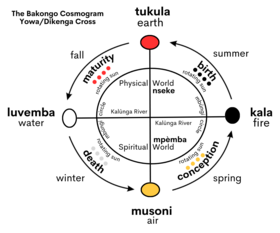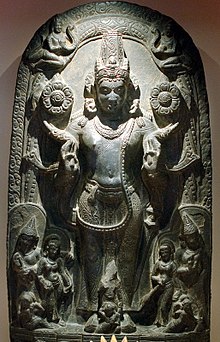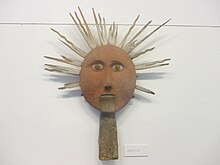

Asolar deity is a godorgoddess who represents the Sun, or an aspect of it, usually by its perceived power and strength. Solar deities and Sun worship can be found throughout most of recorded history in various forms. The following is a list of solar deities:





|
| |
|---|---|
| By geography |
|
| By association |
|
| |